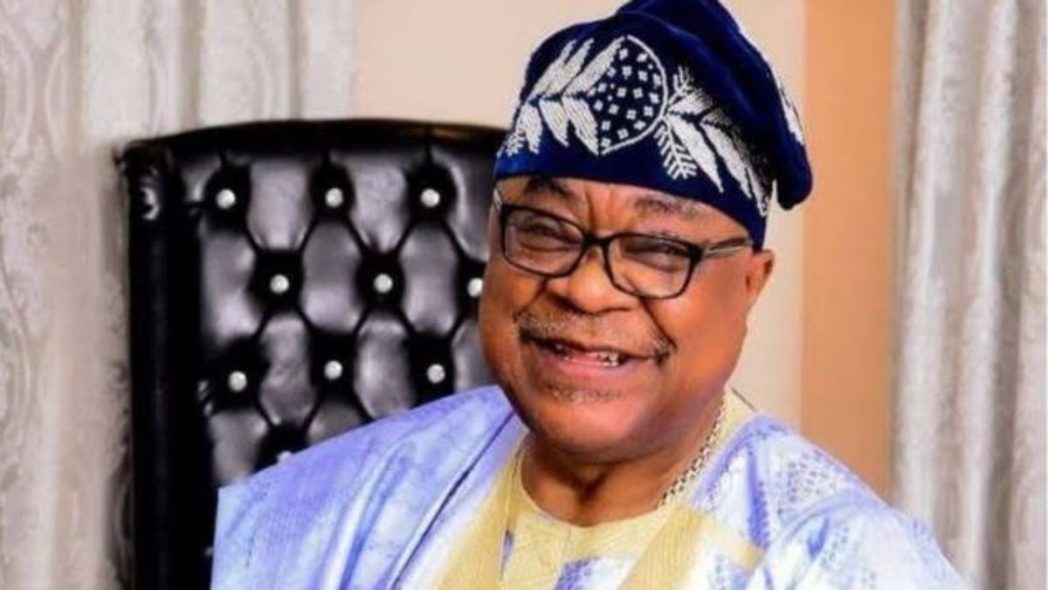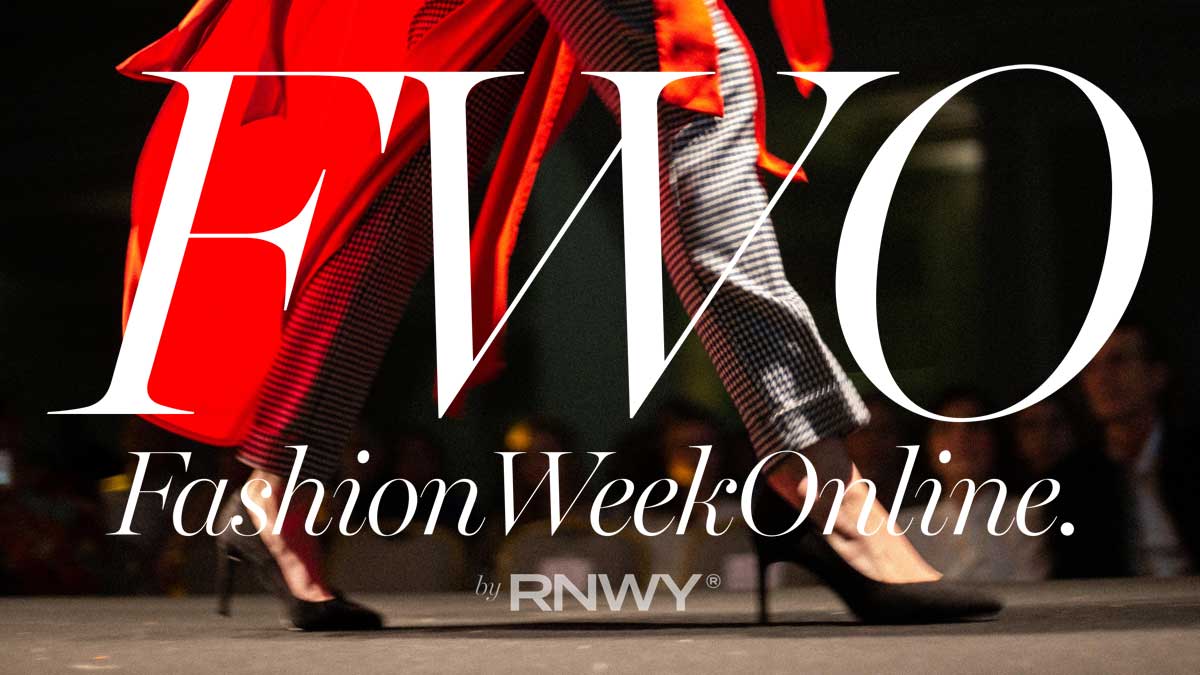How the Zohran Mamdani Campaign Is Changing Influencer Culture
Excitement around the New York City mayoral candidate has creators everywhere rethinking their relationship to politics
If elections were decided by the internet’s views on sex appeal, New York Democratic mayoral candidate Zohran Mamdani would already be living in Gracie Mansion. As it is, the state assemblyman still has to face a crowded Democratic primary that will be decided by rank choice voting. But online, some of the biggest supporters who could be key to Mamdani becoming New York’s first Muslim mayor aren’t even sure it’s their job to talk about politics in the first place: influencers.
Whether or not influencers should share political beliefs online has been a contentious debate for years, but amid President Donald Trump’s second administration, crackdowns on health care, college protesters, and immigrants, this discourse has been pushed to the forefront. Should a beauty influencer have a nuanced take on starvation in Gaza? If a sketch comedy star doesn’t post about the ICE raids, does it matter if he goes to IRL protests? To make things more complicated, popular New York influencers have been criticized for years for promoting a fictional version of the city, one that prioritizes ease for transplants while ignoring the ongoing struggle of working class residents. Now, their comment sections are filled with demands for them to speak out about the mayoral race. As the Trump administration continues to make decisions that are shaking the foundations of America’s democracy, people online are turning to things they can still change — like the New York mayoral election — and expanding the current understanding of influencer expectations in the process.
If there was a lesson to take from former Vice President Kamala Harris’ loss to Trump in the 2024 presidential election, it’s that social media movements need to be organic to work. Even the short term social media push from Harris’ campaign — which included key collabs and endorsements from dozens of the most popular digital creators, celebrities, and influencers — couldn’t get Harris the votes she needed. But the Mamdani campaign has been heralded by New York voters and viewers alike for his people-first approach to digital marketing. He’s appeared on fan favorite talk shows like Gaydar, Subway Takes, streamed with Twitch star Hasan Piker, even appeared at an MJ Lenderman concert. Videos with influencers, celebs, and those in between are posted side by side with explanations of his platforms and responses to breaking news. When New York comptroller and fellow mayoral candidate Brad Lander was taken into ICE custody this week while escorting a defendant out of immigration court, Mamdani stood alongside Lander’s wife and protested the arrest.
But while Mamdani’s online presence has been celebrated for its diversity, New York influencers have been lambasted for a lack thereof. Last March, a month-long discourse broke out over city-based, largely white influencers being “boring as fuck” — posting the same outfits, expensive dinners, and $10,000-a-month apartments to their followers. Carla Davis, a content creator and native New Yorker covering local New York politics, tells Rolling Stone that there’s been a big “pressure campaign” for NYC influencers to speak on the mayoral race because it’s an election that feels like “lives and the soul of the city” are on the line. And if the girlies have time to post about must-try restaurants or fabulous nights out, why can’t they also post about the election?
“The New York City influencer is a poor representation of this beautifully diverse city,” Davis says. “But unfortunately, it is a mirror of the shifting demographics here, where we’re seeing Black, brown and working class New Yorkers be priced out of their homes and neighborhoods, and entire communities with deep roots and beautiful cultural histories be replaced by more affluent newcomers.”
For Davis, it’s this framework that explains why so many audiences are now directly demanding their favorite New York influencers post: You can use this city as a backdrop, as long as you use your platform to help make it better for the people who live in it.
“It seems like the least that you can do is use your influence for good, and speaking about the election specifically, encouraging your audience to vote should really be the bare minimum,” she says. “This is not just a place I’m passing through, or an era in my life. This is my home.”
Rachel Gaede, a 25-year-old transplant and content creator who lives in Manhattan, has been building an online presence since 2020 and has close to half a million followers on TikTok alone. Her most popular videos revolve around lifestyle content like her family dog Roddis, her sister, and her parents — whom she documented Parent Trap-ing during the 2020 lockdown. (Her parents got remarried in December 2023, an event she celebrated on TikTok.) But several of her recent videos have focused on the mayoral race, including telling her audience how to check their voter registration, canvassing for Mamdami, and advocating for people to leave Cuomo off their ballots entirely. She tells Rolling Stone that while sharing politics online can feel “sticky,” the widespread damage of the Trump administration has made it easier to speak out without getting accused of straying from your lane.
“Sometimes it can get confusing when you post a political video and then a purse haul. But at the same time everything is political now. Father’s Day was literally yesterday and it’s not a political holiday. But it felt political because I’m privileged enough to be a person that didn’t get my dad ripped away from me based on the status of his immigration papers,” Gaede says. “So having [your opinion] mixed in content that’s usually silly or lifestyle is OK, because it’s still helping you reach a larger audience and connect with people that might have not originally come to your page for politics.”
Lifestyle creators in particular have seen the most movement toward political content this year. Lifestyle can cover everything from dating, drama, entertainment, gossip, fashion, style, and cultural commentary to reaction videos and hotel reviews. It’s also known as “the most lucrative niche online,” according to author and creator Eli Rallo, because there are no bounds. You are your content, so when influencers post to their followers, while clothes or books or Amazon purchases might be available, what they’re really selling is themselves. And with the increasing pressure for influencers to post about the race, it seems that while the definition of lifestyle influencing is widening, people are starting to expect political beliefs in the mix as well.

“With the second Trump presidency, people are having to make a conscious decision as to whether or not they’re going to bring politics into their platform. There’s a very contentious discourse around it,” Rallo says. “But to me, it was an abhorrent idea to be selling myself and my ideas on the internet, but also not platforming things that mattered to me and things that were happening right outside my window.” Rallo has been posting about everything from Broadway to books to Black Lives Matter protests since 2020. But she decided to post about the New York mayoral race because of how much content she makes in the city — and the high transplant audience she could reach with just one video — even though she spends half the year in Texas, where she is registered to vote.
“I’m a Cancer, but I get so emotional,” she says. “I couldn’t imagine sitting here in New York City and not telling you to go vote and what matters to me about this place.”
For many creators, none of the choices seem like good options. Remaining neutral also can’t protect creators from backlash. In early May, Kate Mackz, an influencer and host of the Running Interview Show, dealt with a torrent of backlash after posting a conversation with White House Press Secretary Karoline Leavitt. Critics accused of betraying the liberal followers she gained by supporting the Harris campaign. Anthony Po, YouTuber and the creator of the Timothee Chalamet lookalike contest, tells Rolling Stone he doesn’t think politics and social media have a one size fits all solution. “The worst thing you can be on the internet, and unfortunately it’s what most people are, is an absolutist. There’s nuance in every conversation and it’s totally a case by case basis,” he says. “But why would we want the [Costco Guys’] political take? If you are the type of person whose media diet would come from watching A.J. and Big Justice’s [Instagram] story, you have bigger issues that you need to come to terms with.” But the Jersey City-based creator hosted a Mamdani lookalike event with the group HotGirls4Zohran — posting the results and amplifying Zohran’s campaign messaging because he felt like it could possibly make a real difference in who showed up to vote — and who decides to post in the future.
“I try to make my content so people have a place to escape. But there’s no negatives to posting Zohran,” Po says. “The only people that stand any right to be upset with me are billionaires and incredibly rich real estate owners in the city. So it’s like, what do I have to lose?”
Social media users don’t even have to search Mamdami’s name to see a deluge of social media content about the mayoral candidate. But what’s been surprising about this race is just how many previously apolitical creators have endorsed the candidate outright. Jake Shroeder, a 23-year-old creator based in Brooklyn, posts videos putting personal anecdotes to piano chords. (The most popular? A summer ditty containing the lyrics, “When I drink Sauvignon Blanc I dive into a luscious funk.”) He doesn’t consider his content political, but he can’t deny the sheer power of viewership. Adweek data for cable news brands in May 2025 shows declining viewership for the top channels, with the highest viewership (Fox News) still under 3 million at any given primetime minute. For liberal leaning shows, that number shrinks significantly, around 1 million for MSNBC and 558,000 for CNN. In comparison, Shroeder, who only has 175,000 followers on Tiktok, says he can easily end up with 6 million views or more before the end of a good week.
“The voice of the influencer is underestimated,” Schroeder says. “It’s a lot of power and responsibility but it should be used to make a better world. This world is shitty and needs a lot of actionable change. Instead of a post about losing my AirPods, why not a post [about] voting for Zohran?”
The reason why this New York mayoral race seems to be landing differently online is most likely because influencers are asking for a specific action (voting for Mamdani) rather than general awareness. The New York mayoral election has given this usually vibe-based problem a tangible focus. Influencers don’t have to reinvent political alternatives or even pretend to solve decades long problems. They just have to get people to vote for someone who wants to try. According to city data, only 23 percent of New Yorkers voted in the 2021 mayoral election. Mayor Eric Adams only won the primary by 7,197 votes. These influencers reach millions every single day. And as the lead between Cuomo and Mamdani continues to shrink, many creators believe their posts could get their New York followers to vote — possibly for the first time.
“I have a large transplant audience on my account, and speaking to them has been really important to me, because that’s a huge voter block,” Gaede says. “There are so many people that are in New York and choose to leave their voter registrations in the states where they’ve moved from. So representing the hope and the excitement of this election has been really important to me, because I feel like that’s how you get people to show up.”











